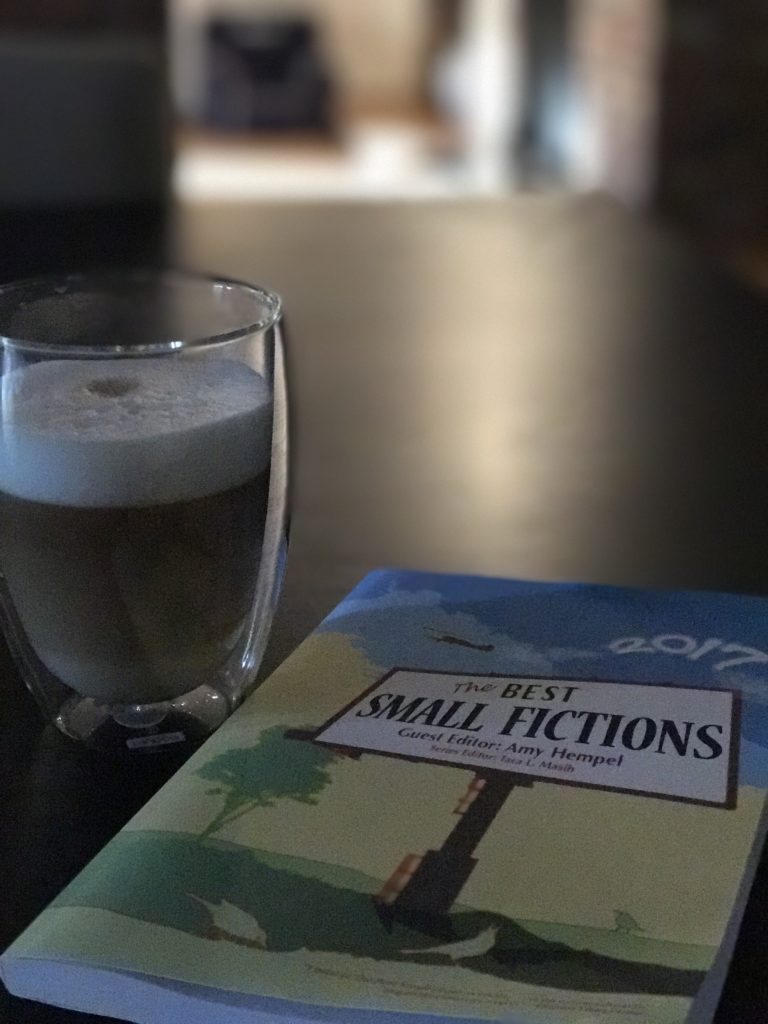I just released my third book. OK, it’s really more like my 2.5th book, because Student Loans: A Comprehensive Guide is a line-by-line reworking and expansion of my second book, Medical Student Loans: A Comprehensive Guide.

As with all of my longer projects, I drastically underestimated the amount of effort and time it would take to complete this task, as this book still took the better part of a year to complete.
Student Loans is temporarily exclusively available on the Kindle platform, and I’m running a free book promotion until the end of Friday.
So, if you are or will be a physician, read my other book; I wrote it just for you, and there’s nothing else like it.
If you’re anything else, please enjoy this new book (for free), and tell your friends who are in school, have been in school, or will be in school to get their free copy now (there’s nothing else like it).
